FROM PAST TO PRESENT
AN IMPORTANT ROLE FOR LEROS ISLAND
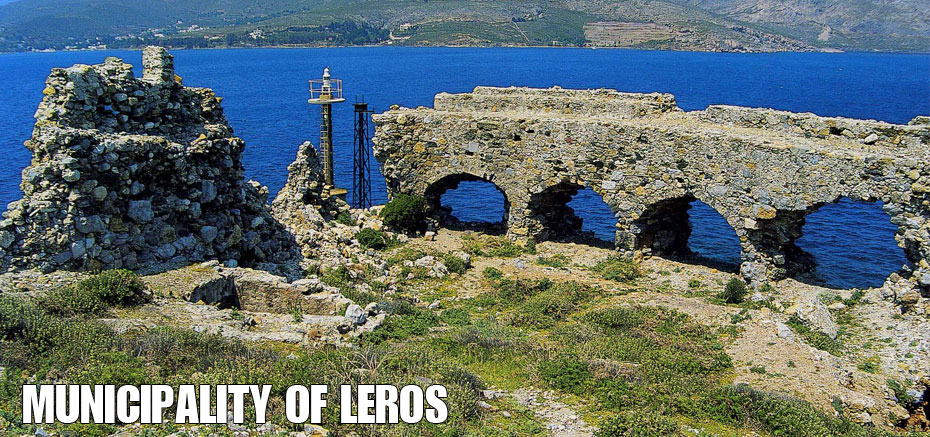
History has played an important role for Leros since antiquity and continues to do so. Leros is an island located at the southern edge of the Aegean Sea with 8,500 inhabitants. It belongs to the Prefecture of the Dodecanese and lies near Patmos. With its 53 square kilometres and a 71 kilometre rugged coastline with beautiful beaches, Leros is today one of the last small island paradises for all visitors searching for serenity and a simple, traditional life style. It offers relaxation to both the body and soul with peace of mind in wonderfully hospitable environment that will embrace you from the very first moment and invite you to feel at home.
This is the reason why the local people emphatically declare: “Those who experience the island will never forget it.”
From Past to Present
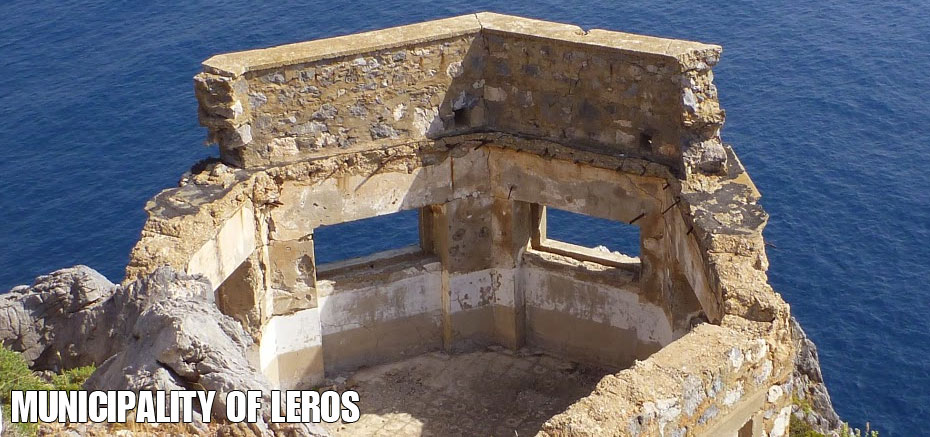
Its strategic geographical position in the southeast Aegean has granted Leros a past rich in history. The first traces of inhabiting were found at Partheni and Gourna dating back to the Neolithic period in the 4th century B.C.. The settlement at Knotarides which was discovered in 1980 is the most important monument of the island’s pre-history. It is located in the depths of the Bay of Partheni. Traces of a human presence during the Neolithic Period and the Early Bronze Age have been found in different locations throughout the island and primarily along the coast. No evidence of the Minoan period has thus far been found and only a few remains from the Mycenaean era have been discovered.
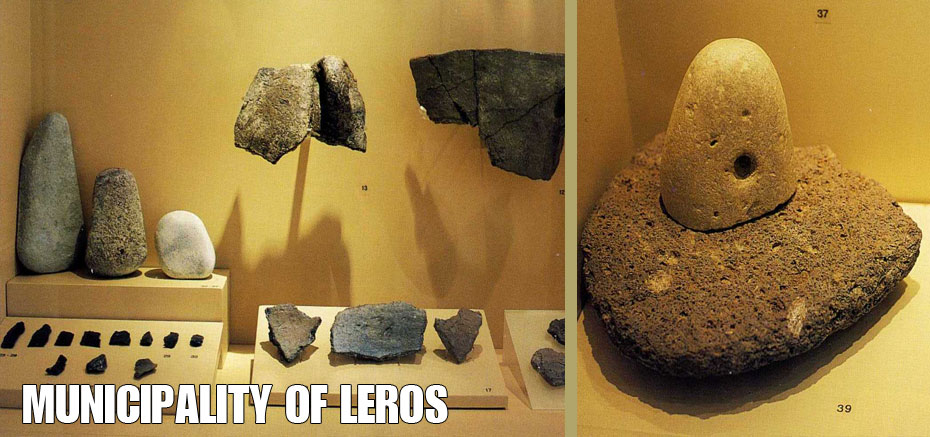
During the 5th century, Leros experienced great cultural development under the political influence of the leading Ionian city of Miletus. The fortification projects at Paliokastro in Xirokambos during the 4th century B. C.and the fortifications at Partheni seem to be connected to Leros’s political dependence on Miletus.
The Macedonian presence on the island can be seen from the excavation of coins that were found and the fact that the island’s liberation from the Persians is attributed to the Macedonians.
The Greek historian Pherekides, who according to most scholars, lived during the Hellenistic period, originated from Leros, as did the satirist Demodikos in 550 B.C.
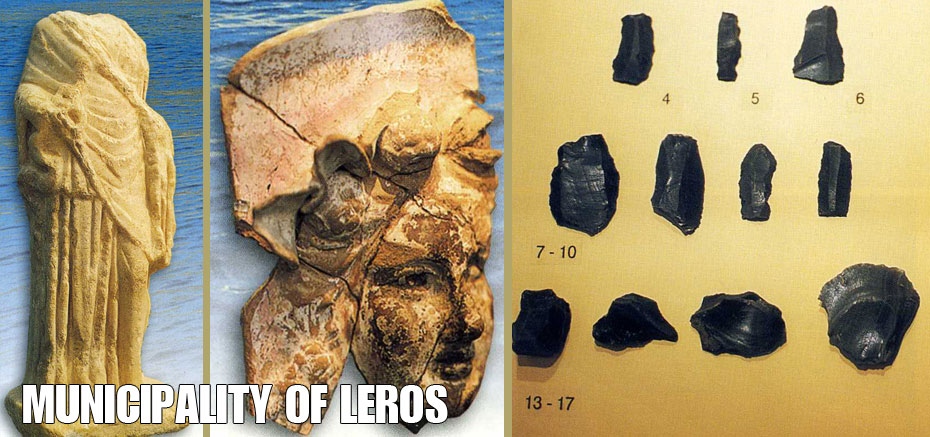
The Byzantine period at the end of the 3rd century A.D. and onwards, enriched the island with exquisite examples of church architecture and fortification projects. The Castle at Panteli was built during this period. Also, the Castle of Lepida, known today as Palaikastro in the vicinity of remains of an even older wall of “Cyclopean” construction is dated to the Hellenistic period. It was used as a refuge by the inhabitants in the mid-Byzantine period. The Castle at Panteli towering over the villages of Agia Marina and Platanos is Leros’ most important medieval monument. Three surrounding walls, two of which date back to before 1087 and five churches, all survive today. The church of the Virgin Mary (Panagyia) at Kastro was built in the late 17th century, while the single-roomed church of Agia Triada dates back to mid-Byzantine years. The monk Damaskinos established a school at Kastro in 1726 to develop education on the island. Unfortunately, the school was closed in the middle of the 19th century.
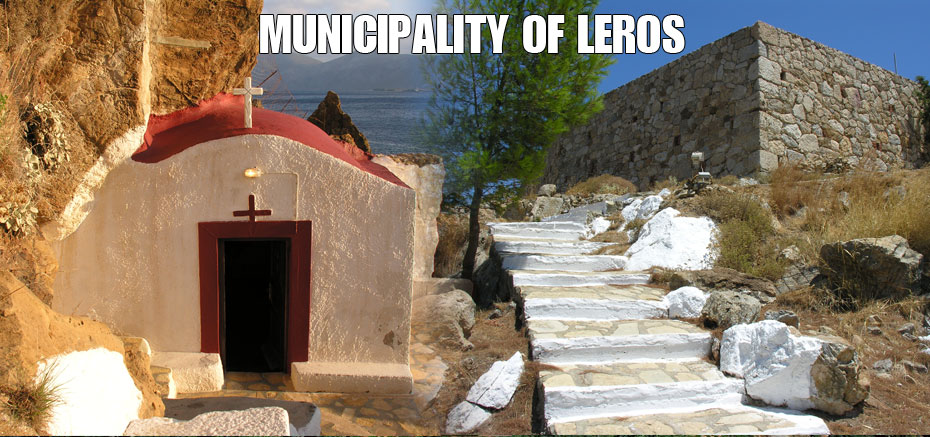
The island hosts rare, Byzantine, ecclesiastical monuments such as the church of Agios Ioannis Theologos at Lakki with building phases date back to the 10th century, Agios Zacharias at Merikia, Agioi Apostoloi at Kamar, Agios Petros at Drymonas, Agios Georgios at Partheni, the Virgin Mary Gourlomata and the Basilica of Agia Barbara. In the Basilica, the crowns from the pillars and other marble, architectural parts found in the ruins of buildings from ancient Leros were used in the construction of it. There are also many small, single roomed churches of the post-Byzantine period scattered throughout the island. Remains of churches can also be found at Alinta in the church of Agion Tessarakonta as well as in the public hostel. Also, the church of Agios Nikolaos and the church of the Virgin Mary at Palaiokastro can be found in the western part of Xerokambos.
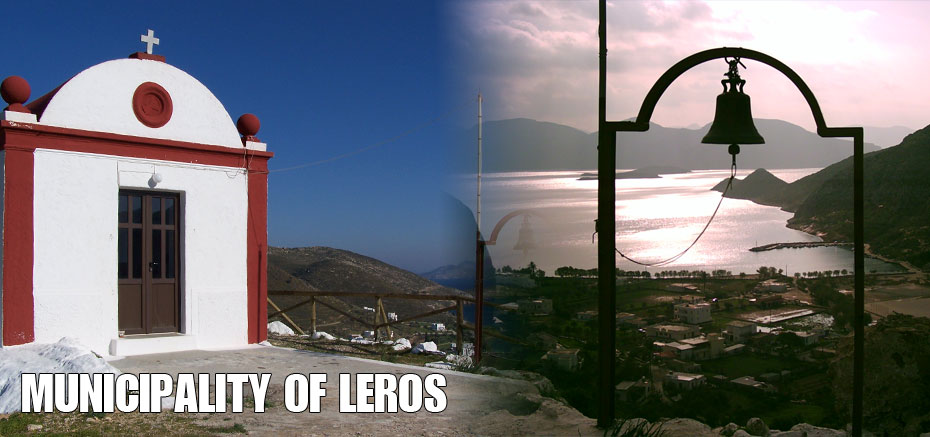
In 1314, Leros was conquered by the Knights of St John of Rhodes and was ruled by them until 1522 when the Ottoman Empire came to dominate the entire Aegean Sea area.
During the period of Turkish rule, Leros managed to maintain a limited level of independence. But, when the Greek War of Independence broke out in 1821 the people of Leros contributed to the revolution with all their hearts and soul for their country’s liberation.
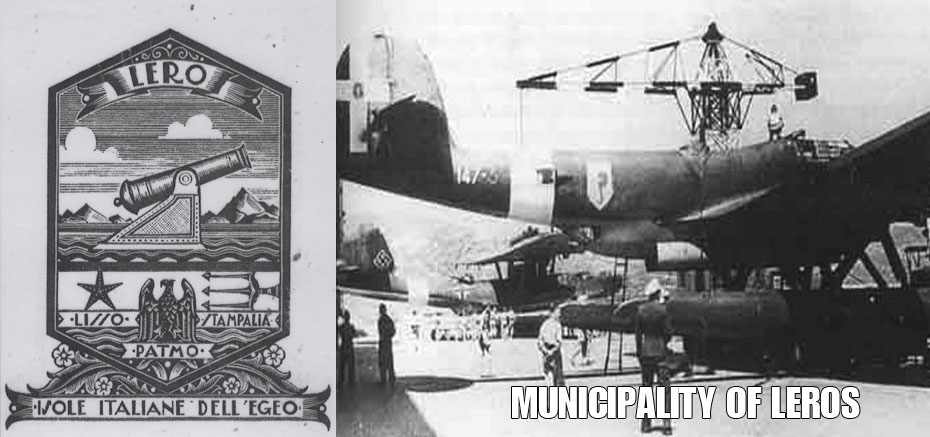
Between 1912 and 1943, the entire Dodecanese was under Italian rule. During this period, many military undertakings were carried out and military facilities and installation were built throughout the island. The purpose of this development was to transform Leros into important nautical and aerial bases for the Italians by taking advantage of the island’s strategic geographical positioning as well as the unique morphology and fortification of the natural Bay at Lakki. A new pioneer city of its kind with a modern infrastructure and architecture unique in the whole of Europe was developed at Lakki.
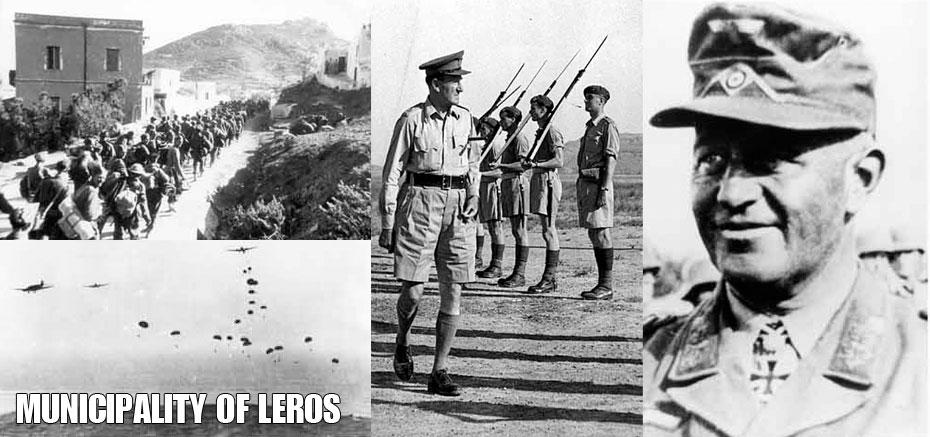
During the Second World War and after the Italians’ surrender, the Germans who had already captured Rhodes and Kos turned their strategy towards Leros which was being defended by the Italians and the English.
The Greek destroyer Vasilissa Olga was the first victim of the Battle of Leros, and was sunk on 26th September, 1943. After continuous and violent bombarding, the battle ended on the 16th November, 1943 victoriously for the German army. The island was freed upon the liberation and handover of the Dodecanese to the British and the Greeks on 9th May, 1945. Two years of English occupation followed and at the end of March, once again Leros was finally united to the Dodecanese and the rest of Greece.
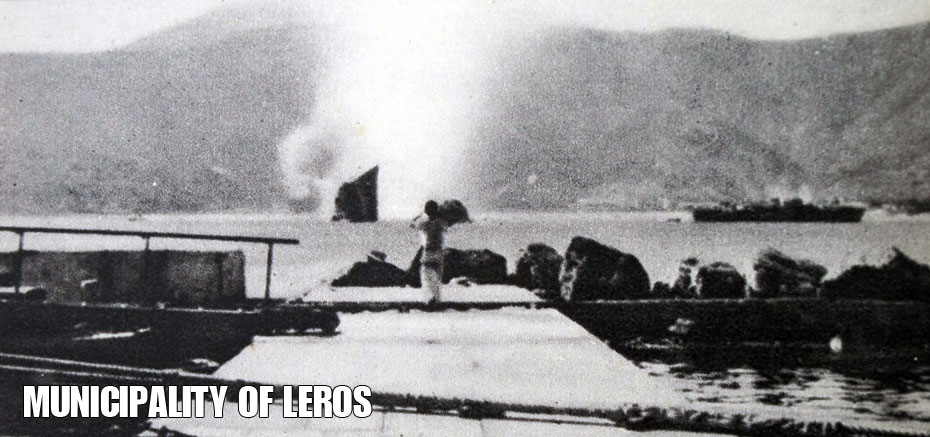
During the island’s most recent history, Leros had been used as a place of incarceration for political prisoners who were imprisoned at either of the camps at Lakki or Partheni by the military police during the dictatorship from 1967 to1974.
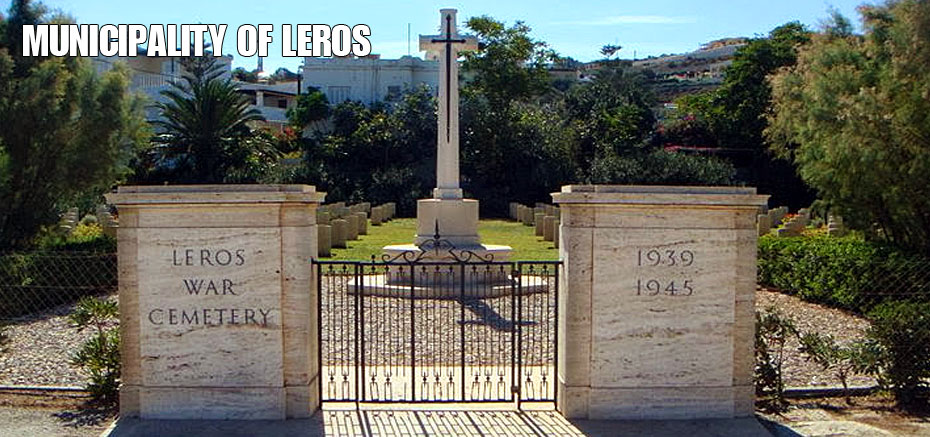
…“Alikarnassos, Partheni, Oropos, Koridalos…” Not a single Greek person can avoid becoming emotional on hearing or being touched by the lyrics of this specific verse.
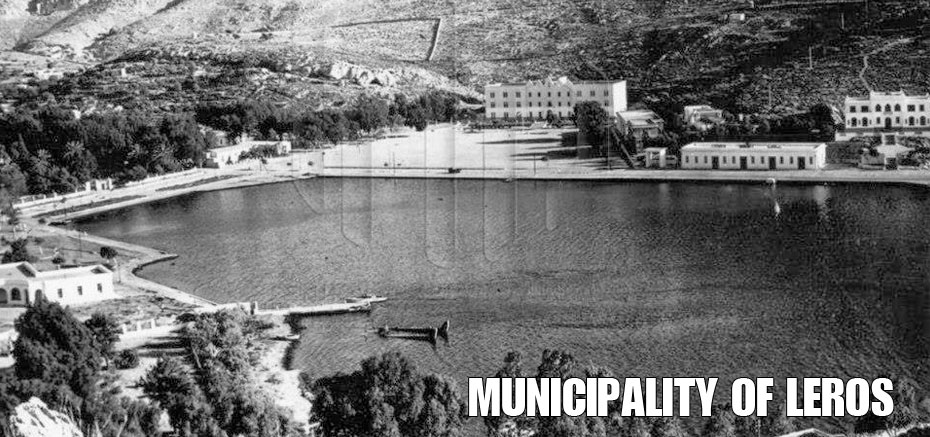
Further, in 1957 Leros was chosen as the site of the state psychiatric hospital which was built to relieve the congestion in other Greek psychiatric hospitals. Not only has this led to the long-term, dependency of the local economy on the hospital but also people’s negative association of Leros with the sanatorium.
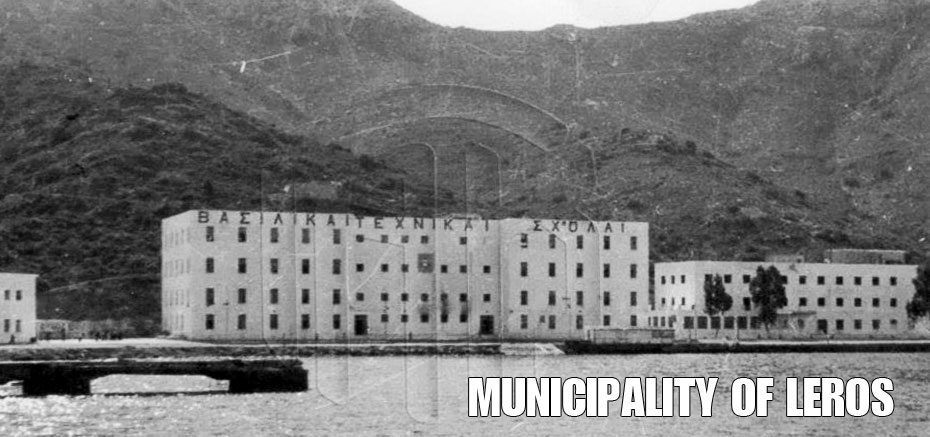
Since 1989, Leros has been implementing programmes for de-institutionalisation and patient psycho-social rehabilitation. The local community is also collaborating with efforts to re-integrate patients into society and in the implementation of treatment initiatives that are being pioneered throughout the whole country.







